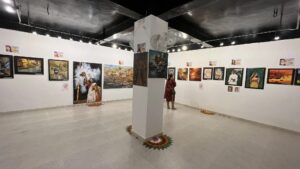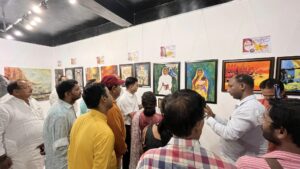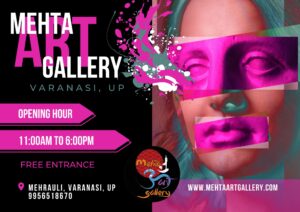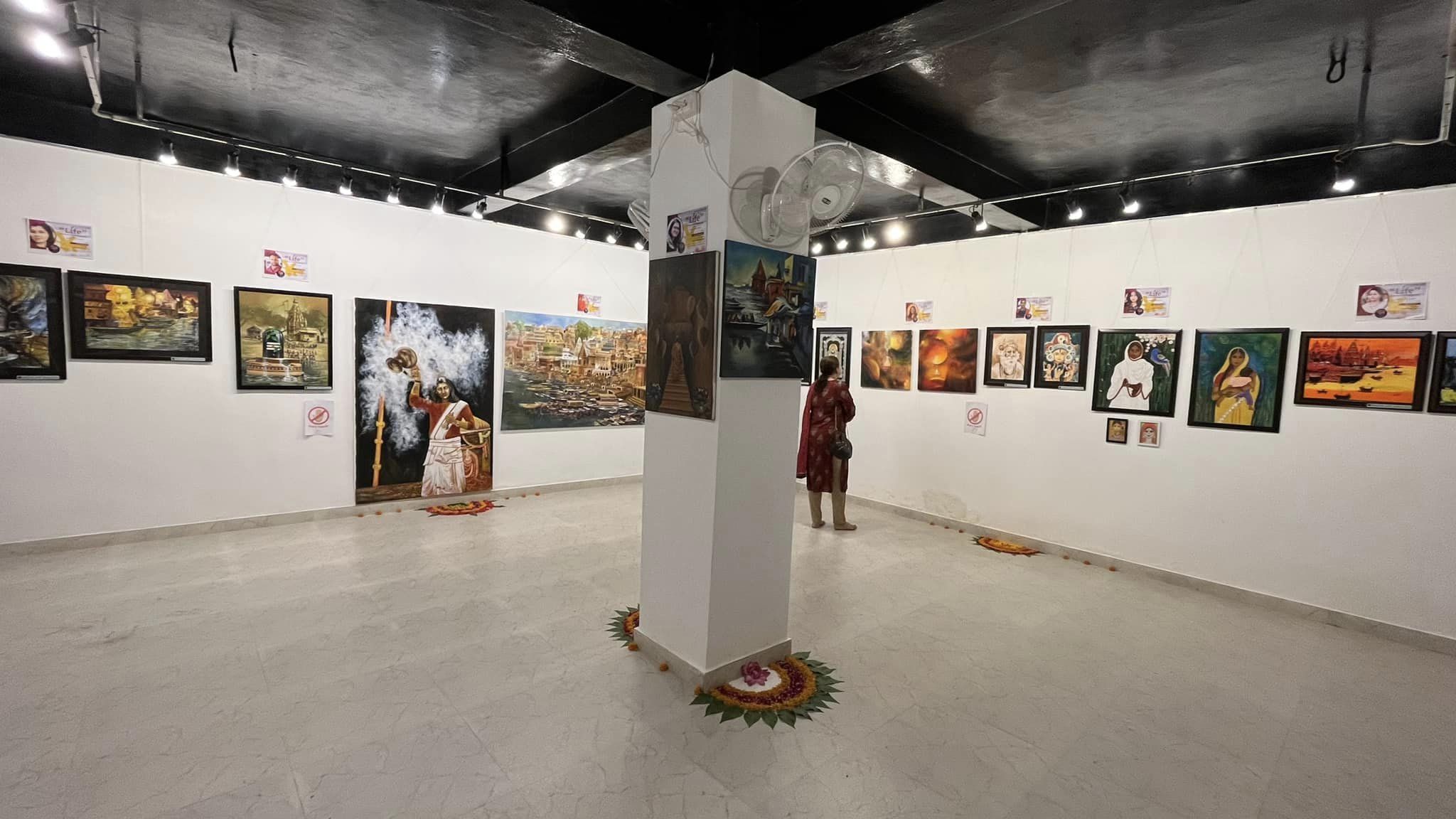Jan Mitra Nyas Award (PVCHR) 2024: Mr. Suresh K. Nair
The Jan Mitra Nyas (PVCHR) Award, presented in Varanasi, recognizes individuals and organizations for their contributions to social justice and human rights, especially for marginalized communities. Established by the Jan Mitra Nyas, an organization founded in 1999, the award highlights efforts toward improving the rights of Dalits, Adivasis (indigenous people), women, and other vulnerable groups in India. The organization itself, inspired by social reformers like Dr. B. R. Ambedkar and Mahatma Gandhi, works to combat issues such as extrajudicial violence, police misconduct, and caste-based injustices.
Through legal advocacy, psycho-social support, and community-based initiatives, Jan Mitra Nyas addresses human rights violations and strives to empower affected communities. The award is part of a broader mission to establish a society based on equality and justice, with initiatives such as testimonial therapy, health camps, and livelihood projects for survivors of violence. This initiative has gained national and international recognition, contributing to wider awareness and support for grassroots human rights activism.
For more information, you can visit Jan Mitra Nyas’s official site or resources on their achievements and mission. https://janmitranyas.in/ and https://pvchr.asia/
This certificate is awarded to Mr. Suresh K. Nair in recognition of his exceptional contributions to the world of art and culture, and his unwavering commitment to fostering peace and social harmony through his artistic endeavors. His visionary public art project, “Wall of Peace,”has been instrumental in promoting the values of unity and coexistence, reflecting the profound impact of art on society. With a career rooted in tradition and enriched by international influences, Mr. Nair’s dedication to preserving cultural heritage while pushing the boundaries of contemporary art is truly commendable. His work stands as an inspiration to artists and peace advocates around the world. Helma Ritscher, Chairwoman of the Indo-German Society of Remscheid, Germany presented ths prestigious award to the Mr. Nair. The event was graced by Dr. Lenin Raghuvanshi, Founder and Convenor of PVCHR; Prof. Chawky Frenn, Associate Professor at George Mason University and Fulbright Scholar at Banaras Hindu University, Smt. Shruti Nagvanshi, Shri. Direndra Sisodia, Shri. Amit Kumar founder of Mehta Art Gallery and other eminent dignitaries at Mehta Art Gallery, Varanasi, Uttar Pradesh, India.
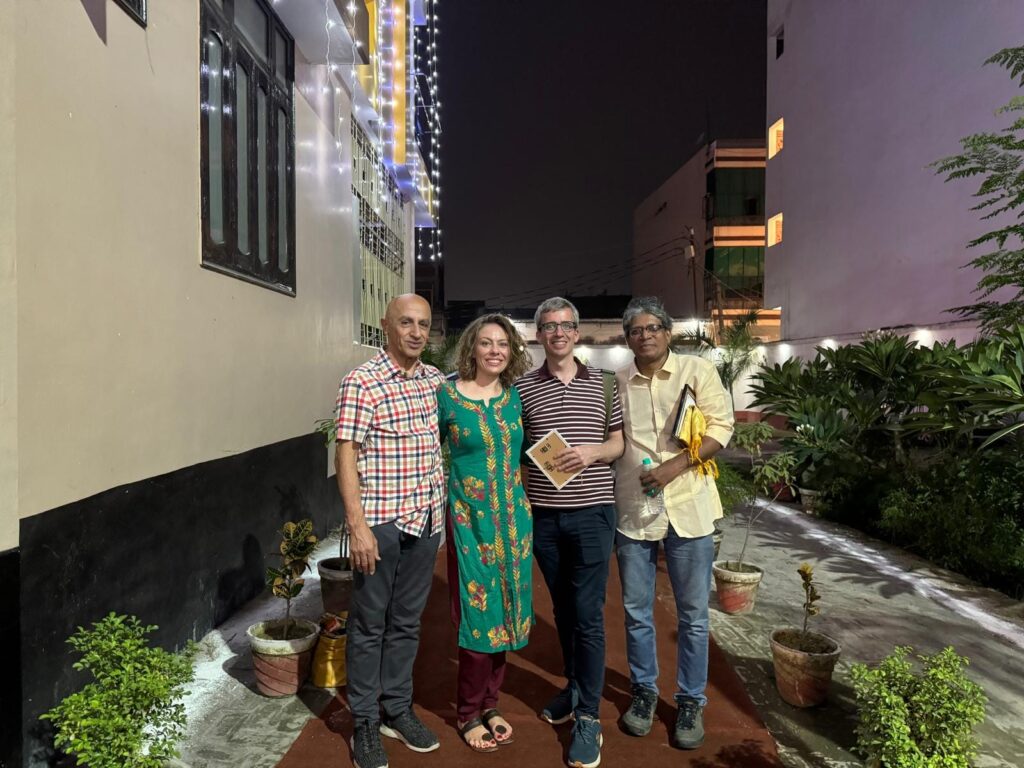
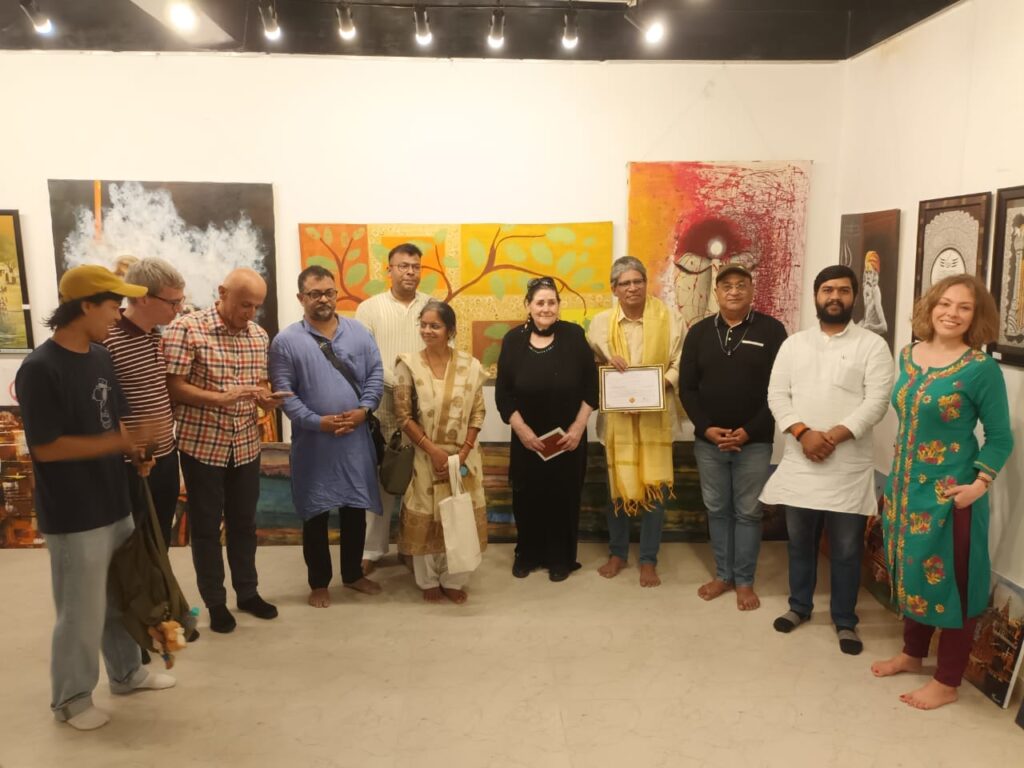
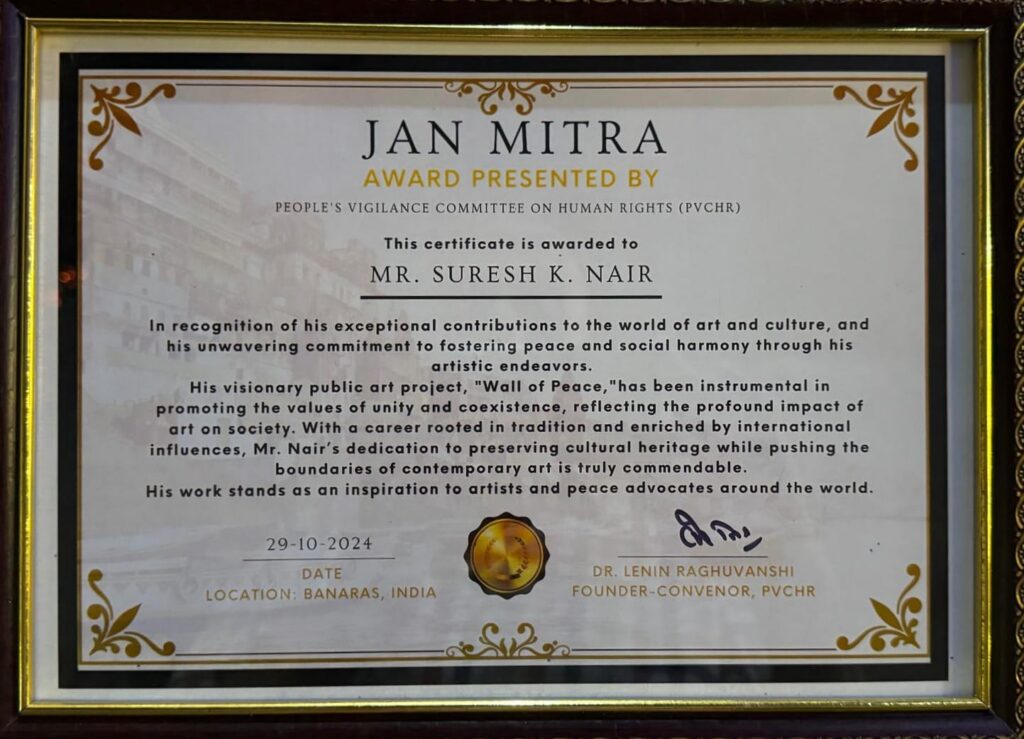
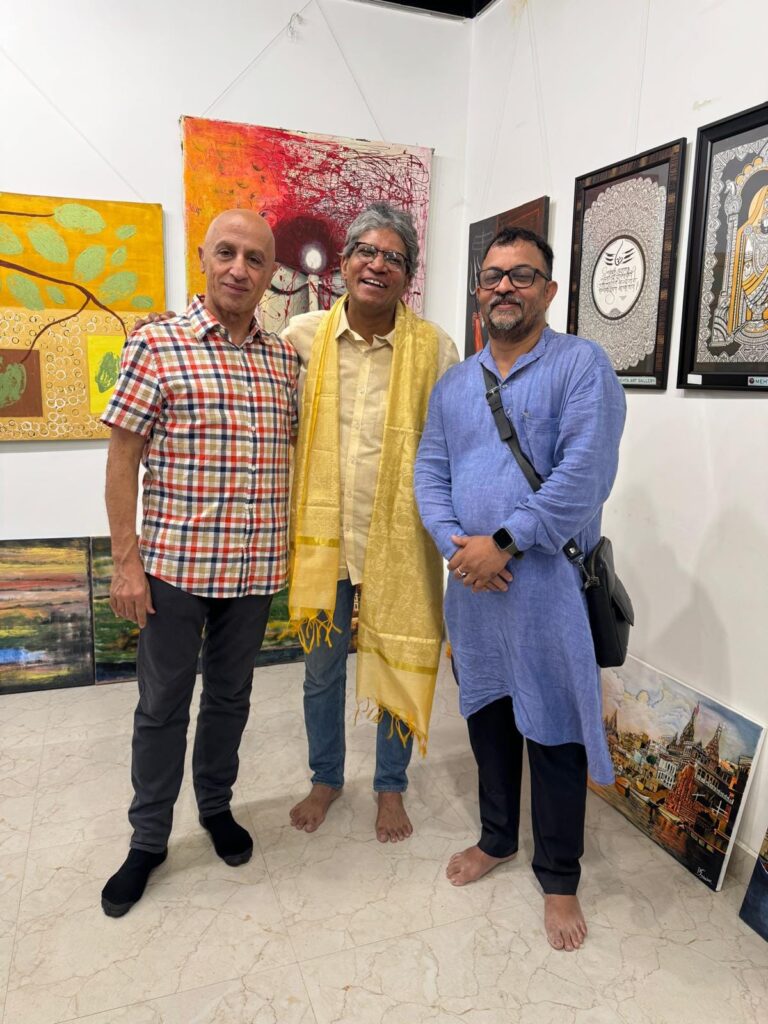
Brief about, Mr. Suresh K. Nair is a contemporary Indian artist from Kerala, renowned for his murals and fine art that merge traditional Indian styles with modern techniques. He is recognized for his expertise in mural art, which is deeply rooted in Kerala’s classical painting traditions, but his work often carries a unique, contemporary expression. Nair’s art frequently reflects themes of Indian mythology, spirituality, and social issues, showcasing a blend of vibrant colors, detailed patterns, and a strong narrative style.
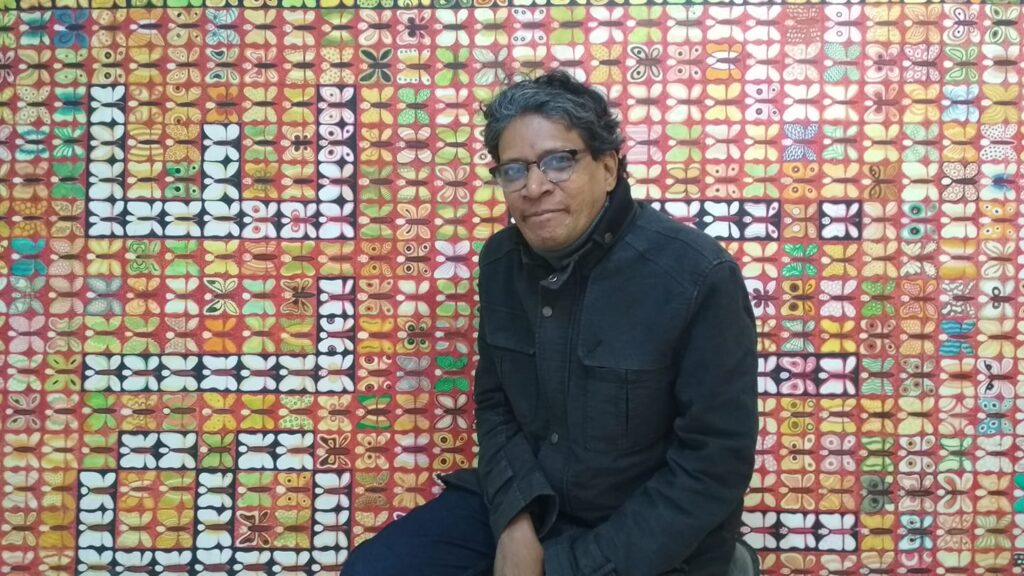
He studied at Institute of Mural Painting, Guruvayur and Visva Bharati University, Santiniketan, and his murals have gained widespread appreciation, not only in India but also internationally, as he has contributed to various public art projects, exhibitions, and workshops worldwide.
Nair’s contributions to mural art have helped revitalize and modernize this ancient art form, while he remains dedicated to preserving Kerala’s rich artistic heritage. His work often explores complex themes with sensitivity, and he is celebrated for creating art that bridges cultural tradition and modern thought.
The “Wall of Peace” by Suresh K. Nair is a remarkable mural installation that he created at the Government Vocational Higher Secondary School in Cherpulassery, Kerala. Completed in 2013, this mural is one of his most ambitious projects and serves as a powerful visual representation of harmony, tolerance, and unity. Spanning around 1,200 square feet, it combines traditional Indian mural techniques with modern themes, depicting figures and symbols that reflect values of peace and coexistence.
The mural showcases diverse cultural and religious symbols, blending together images of saints, spiritual figures, nature, and mythological elements. Nair designed the mural to be a source of inspiration for students and the community, reinforcing values of non-violence and compassion. It includes imagery like the Buddha, Mahatma Gandhi, Mother Teresa, and other icons of peace, alongside intricate, nature-inspired motifs.
Through the “Wall of Peace,” Nair emphasizes the importance of art in educational spaces as a way to inspire young minds and promote positive values. This mural has become an iconic piece, admired both for its artistic merit and its message, and it represents Nair’s commitment to using art as a means of social and moral engagement. The “Wall of Peace” is not only a work of beauty but also a testament to Kerala’s rich mural tradition, reinvented to address modern social ideals. To know more: https://wallofpeace.in/

